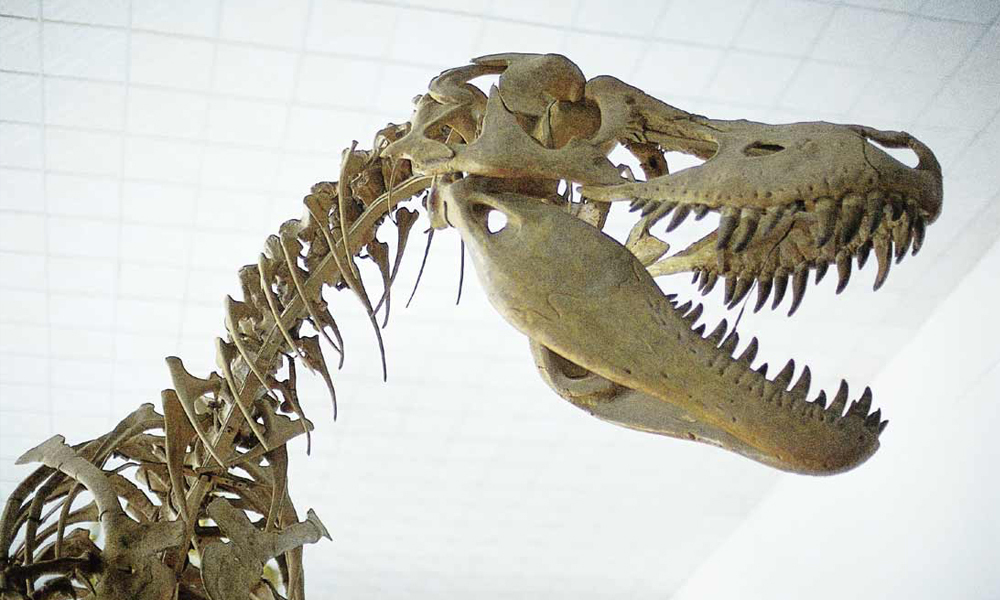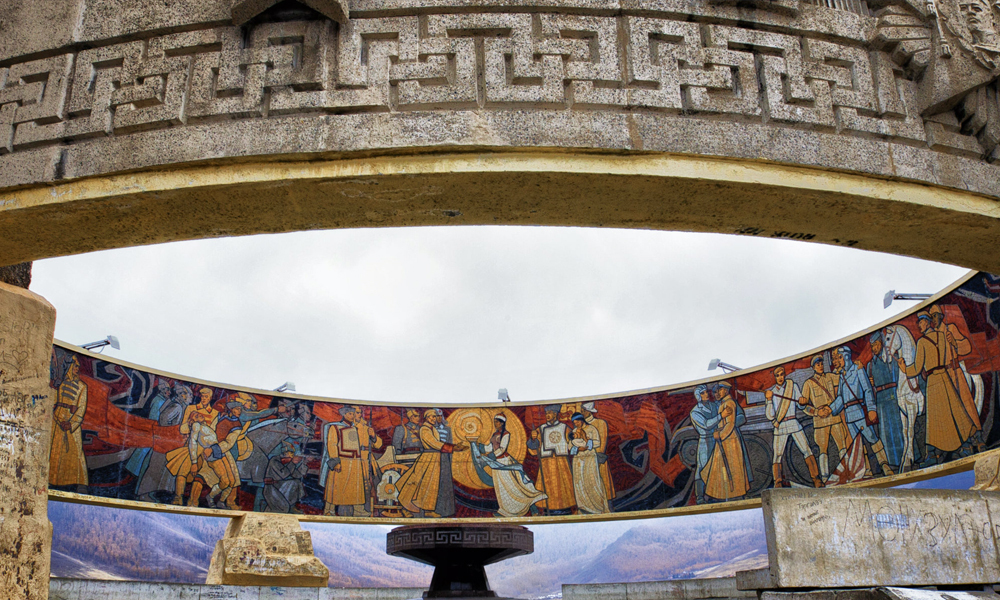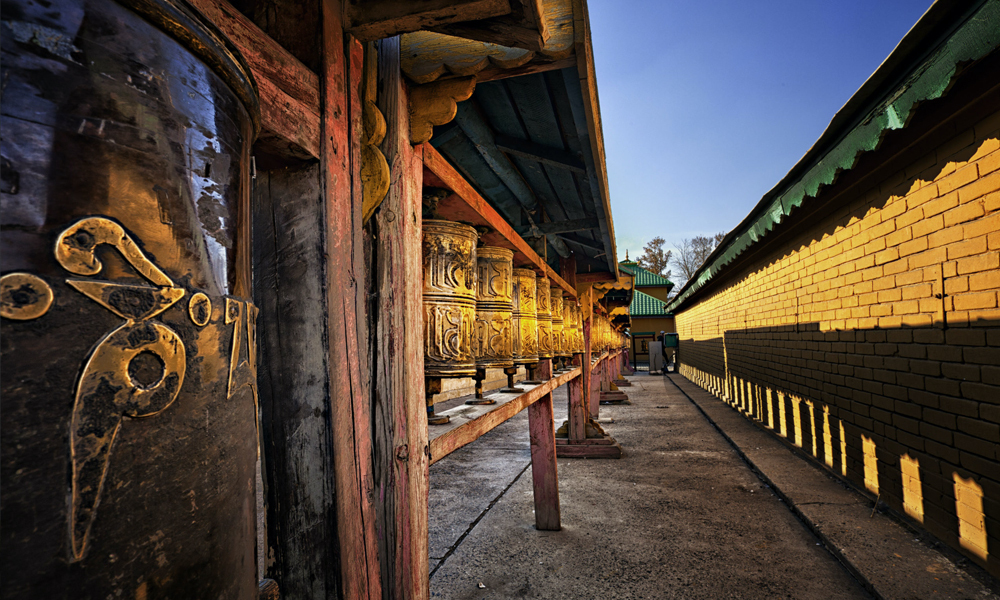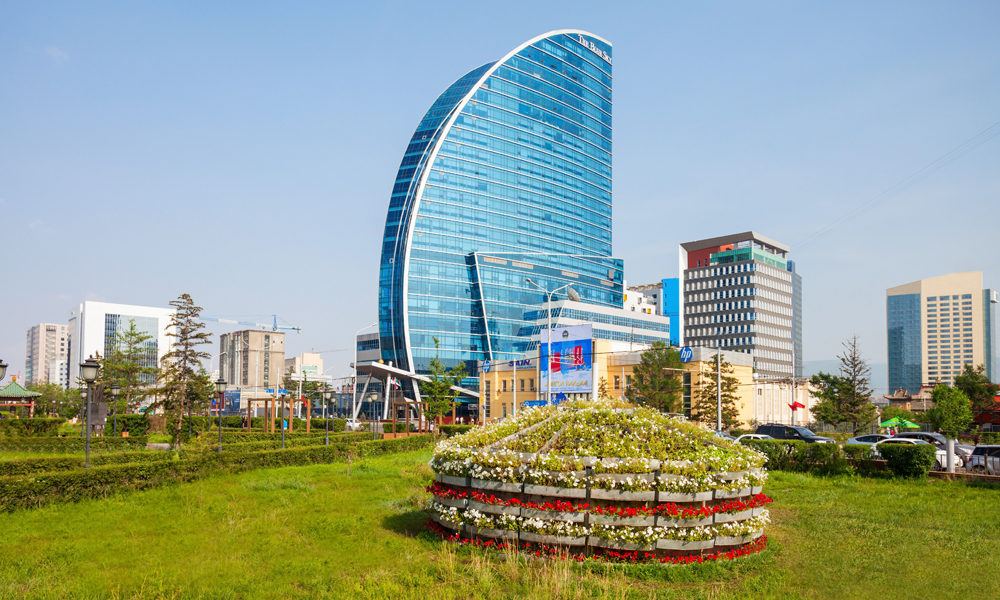For the first-time traveler to Mongolia, spending a couple days in the capital of Ulaanbaatar prior to visiting the Gobi allows you to first appreciate the history of Mongolia through visiting its rich cultural centers and museums. Within a brief drive of the capital there are also opportunities to get a glimpse of the broader natural beauty of the country.
Ulaanbaatar is a thoroughly contemporary city of with a busy downtown, a thriving art scene, great Asian and Indian restaurants, and the heady nightlife among bars and nightclubs. Yet this is the cultural seat of a traditionally nomadic people—a third of Mongolia’s population live as nomadic herders—and the breadth of cultural diversity to be explored here is intoxicating.
By no means a complete list, or a thorough accounting of each highlight, these are 10 stops we highly recommend to visitors.
NATIONAL MUSEUM OF MONGOLIA
From the Prehistory of Mongolia through the extravagant costumers of its antiquity and thrilling heirlooms of its great empires into today’s traditional life—this cultural, scientific and educational museum quickly gives you a rich understanding of the country. The nation’s largest museum, touring its collection of over 57,000 rare objects showcased in context of timeline will inspire a whole new appreciation for where Mongolia stands and how its people have shaped the world.

ZANABAZAR MUSEUM OF FINE ART
A marvelous fine-arts museum dedicated to the artist Zanzabar, the first supreme spiritual authority of the Gelupa (Yellow Hat) school of Tibetan Buddhism, and a prolific artist and sculptor among other cultural renaissance passions. The museum houses an astonishing collection of the intricate Buddhist sculptures. Also displayed are rare religious scroll thangka (paintings) and tsammasks (worn by monks during religious ceremonies).
ZAISAN MEMORIAL
An immense thank you, this arresting circular monument stands for all of the Soviet soldiers who lost their lives fighting alongside Mongolians to defend Mongolia during World War II against attack from the Japanese at the Battles of Khalkhin Gol.The imagery painted inside the massive ring depicts the good relations between the two storied nations.Located atop a hill, hiking the 500 steps to the promontory also offers a gorgeous vista of the city. Recommended viewing is at sunset.

CHOIJIN LAMA TEMPLE MUSEUM
The name translates to Compassion Perfection Temple, a complex of six temples blessedly preserved from the destruction of Buddhist structures during the Chinese Cultural Revolution. While the different temples feature dedications to Indian yogis, or Mahasiddha, and the tantric gods Kalacakra, Mahamaya, Vajradhara, and others—the main temple features an 18th-century gilt statue of Buddha Sakyamuni.
NATIONAL LIBRARY OF MONGOLIA
The world’s largest collection of ancient rare Buddhist books, sutras and manuscripts, the more than three million books and publications housed in this collection possesses the great Buddhist canonic texts such as Kanjur—108 volumes containing holy didactical words told by Great Buddha himself; and Tanjur, an explanatory dictionary of Buddha teachings consisting of 226 volumes. These original texts are exceedingly rare due to the destruction of Buddhist texts and monasteries under Chinese Communism.
NATIONAL ACADEMIC THEATRE OF OPERA AND BALLET
The arts have forever been prized in Mongolia—from our unique forms of throat singing and traditional music and dance—to stirring world-class performances of classic opera and ballet. The repertoire theatre company regularly performs such staples as Mozart’s Don Giovanni and Tchaikovsky’s Swan Lake.
NARAN TUUL MARKET
Known locally as Khar Zakh (Black Market) it is the best place to shop for quintessential souvenirs of Mongolia—from their exquisite wool clothing to handmade décor and leather boots. You will find textiles, ornate garments, snuff bottles—too many things to possibly bring home. Yet the point is as much the experience of the market as what you may find.
GER DISTRICT
Located on the outskirts of the city, there is a Ger district where nomadic families reside. This residential area consists of the traditional Nomadic dwellings of gers (yurts), a portable round tent that can be easily taken down and transported. Many residents of Ulaanbaatar live here rather than in apartments in the city. As you walk through the district, there’s plenty of opportunity to meet and interact with the residents.
BOGD KHAN WINTER PALACE
The “Winter Palace” was the home of Mongolia’s last theocrat, Bogd Jabzan Damba Hutagt VIII. The handsome building is now a museum housing the elaborate royal ceremonial robes and other personal items once belonging to “Mongolia’s 8th Living Buddha. Built between 1893 and 1903, the complex of some 20 structures was blessedly spared destruction by Communist forces—offering a vital connection with the past.
GANDAN MONASTERY
The seat of Buddhism in Mongolia, this famed monastery’s Tibetan name translates to “Great place of complete joy” and is currently home to around 500 monks. Although Buddhist monasteries were either destroyed or converted into museums during the Stalinist purges of the 1930s, Gandan Monastery continued to operate as a showpiece for government officials. Despite the government’s efforts to suppress Buddhism and other religious beliefs, Mongolia’s spirituality persisted and Buddhism experienced a significant resurgence in 1990 when Mongolia became a democracy.


